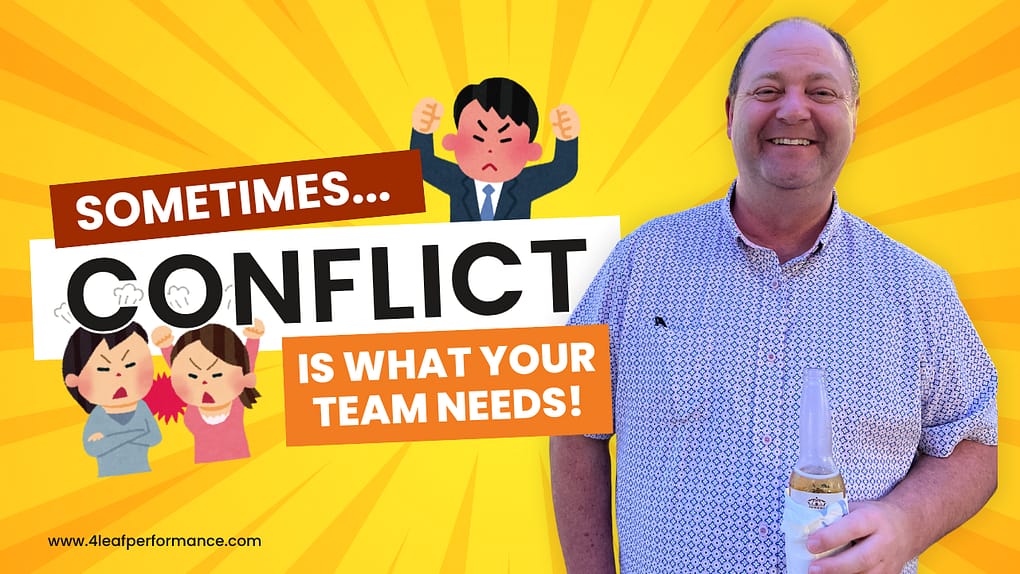A well-executed company restructuring prioritizes people and understanding how teams react to restructuring is critical.
Many leaders treat conflict as something to be avoided rather than a chance to strengthen relationships and drive better solutions.
Tension at work isn’t the problem. The best leaders know that conflict, when managed correctly, fuels collaboration, innovation, and trust.
Most leaders fear conflict in the workplace but avoiding it does more harm than good, leading to unresolved tensions and poor decision-making
Conflict in the workplace isn’t the enemy—it’s the key to stronger teams and better leadership. But only if you know how to use it.
It isn’t easy to give a price increase notice. While they are necessary for sustainability, how you communicate them makes a difference.
Leadership rarely happens in your comfort zone. The best leaders use both natural and adapted disc styles without compromising their identity.
While your natural DISC style reflects your core tendencies, it’s your adaptive style that allows you to thrive in unfamiliar situations.
The DISC framework identifies two leadership styles: natural and adaptive. The key is knowing when to lean on each style.
Every leader operates with their natural disc style and their adaptive style. Both are essential, but finding the right balance is crucial.












